Those of you who have been following my blog for a while know that we are avid visitors of Swiss Historic Hotels. These beautiful old buildings, which clearly have a story to tell, are of great interest to us, not only because of their history but also the way they are built and the special aura they emit. A while back, while visiting such a hotel, I was let in on a secret that another book about the hotels was in the making. The first book “Zeitreisen” (2014) led you through Switzerland and to the hotels on 5 9-day routes. This new book “Kulinarische Zeitreisen” (2017) highlights the culinary side of the hotels.
Diejenigen, die schon länger meinem Blog folgen, wissen, dass wir begeisterte Besucher der Swiss Historic Hotels sind. Diese wunderschönen alten Gebäude haben oft eine reiche Geschichte hinter sich und sind nicht nur deswegen von Interesse für uns, sondern auch weil sie von einer ganz besonderen Aura umgeben sind. Vor einiger Zeit als wir in einem solchen Hotel zu Gast waren, wurde mir verraten, dass ein neues Buch gerade in Arbeit ist. Das erste Buch “Zeitreisen” (2014) führte durch die Schweiz und zu den Hotels mit fünf 9-Tagestouren. Das aktuelle Buch “Kulinarische Zeitreisen” (2017) hebt die kulinarische Seite der Hotels hervor.
I was curious to see this book, especially once I found out who the author and photographer were. Anita Brechbühl and Nicolas Glauser the duo behind the successful blog Travelita lead the reader through the culinary delights of these historic hotels. Their blog is one I enjoy reading, not only for the plethora of travel inspiration it throws my way, but also because of the enjoyable way it is written and the beautiful photography that illustrates each blog post.
Ich wartete gespannt auf das Buch, v.a. nachdem ich erfuhr wer die Autorin und der Fotograf sind. Anita Brechbühl und Nicolas Glauser, das Duo hinter dem erfolgreichen Blog Travelita führen den Leser durch die kulinarischen Besonderheiten der historischen Hotels. Ihr Blog ist einer, den ich gerne lese, nicht nur weil er mir eine Fülle an Reiseinspirationen liefert, sondern auch wegen der angenehmen Schreibweise und den schönen Fotos, die jeden Eintrag begleiten.
The book is a combination of a cookbook and a travel guide. It is divided into 5 routes, each dedicated to a season. I especially like this aspect as I follow the seasons in my own cooking. A map at the back of the book shows each route in a different color and references the individual hotel with the corresponding page number. Each hotel is allotted 4 pages, two for the recipe and two for the hotel itself. The featured recipe is either a signature dish or one that is associated with the hotel or region. In the case of the Türmlihus B&B, I can say that the Chnödli in the book were in fact served to us when we were there. The following two pages describe the history of the hotel and its culinary philosophy, often mentioning small artisan manufacturers or farmers who supply the hotel with their products. Additionally, interesting destinations in the vicinity of the hotel are described. The corresponding photos give insight into the exterior and interior of the hotel, and when I saw photos of hotels I hadn’t been to, one or two moved up higher on my list of places to go to next!
Das Buch ist eine Kombination aus Kochbuch und Reiseführer und in 5 Routen unterteilt. Jede Route ist einer Saison gewidmet. Dies ist für mich von besonderem Interesse, da ich stets saisonal koche. Eine übersichtliche Karte am hinteren Einband des Buches hebt die Routen deutlich hervor und jedes Hotel ist mit der Seitennummer referenziert. Jedes Hotel wird in zwei Doppelseiten beschrieben, eine für das Rezept und eine für die Beschreibung des Hotels. Das vorgestellte Rezept ist entweder eine Spezialität des Hauses oder etwas, das mit dem Hotel oder der Region in Verbindung gebracht wird. Die Chnödeli, die das Türmlihus B&B repräsentieren, wurden uns bei unserem Besuch tatsächlich serviert. Die folgenden zwei Seiten, die das Hotel beschreiben, gehen näher auf die Geschichte und die kulinarische Philosophie des Hotels ein. Oft werden Produzenten aus der Region vorgestellt, welche die Hotels mit ihren Waren beliefern. Zudem werden interessante Ausflugsziele in der nahen Umgebung vorgeschlagen. Die dazugehörigen Fotos stellen das Hotel von aussen und innen dar und das eine oder andere Hotel ist deswegen auf meiner Reiseliste weiter nach oben gerückt.
All in all, the book is beautiful to look at and will have a permanent spot on my coffee table so I may reach for it whenever I need it, either when planing my next stay at a Swiss Historic Hotel or to flip through while enjoying a cup of tea after dinner. I will certainly be making some of the recipes in the book, and I currently have, among others the, Dreierlei Knödel (Ritterhaus Chasa de Capol), the Fontina Ravioli (Grand Hotel Les Trois Rois) and the Chouera (Hotel Ofenhorn) bookmarked. But, there are two things missing that I would have liked to see in the book. One is an index of all the recipes at the back of the book. In the book, the list is at the end of each season which makes it a bit difficult to find a certain recipe. The other minus is the fact that the recipes are a little heavy on the meat.
Alles in allem ist das Buch wunderschön zum Anschauen und wird einen festen Platz auf dem Sofatisch haben. So kann ich jeder Zeit danach greifen, wenn ich meinen nächsten Aufenthalt in einem Swiss Historic Hotel plane oder wenn ich einfach mit einer Tasse Tee darin schmökern möchte. Ich werde ganz sicher einige Rezepte aus dem Buch ausprobieren und z.Z. habe ich ein Lesezeichen zu Dreierlei Knödel (Ritterhaus Chasa de Capol), Fontina Ravioli (Grand Hotel Les Trois Rois) und Chouera (Hotel Ofenhorn) gesetzt. Zwei kleine Dinge im Buch hätte ich vorgeschlagen zu verbessern: Einerseits wäre es schön, ein Gesamt-Register aller Rezepte zu haben, damit es einfacher ist, ein gewünschtes Rezept zu finden. Im Buch sind die Rezepte jeweils am Ende des Saisonkapitels zu finden, und man muss doch recht blättern bis man das Rezept findet. Der zweite Minuspunkt sind die eher fleischlastigen Rezepte.
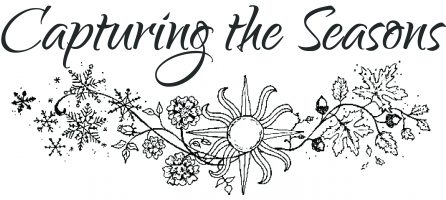
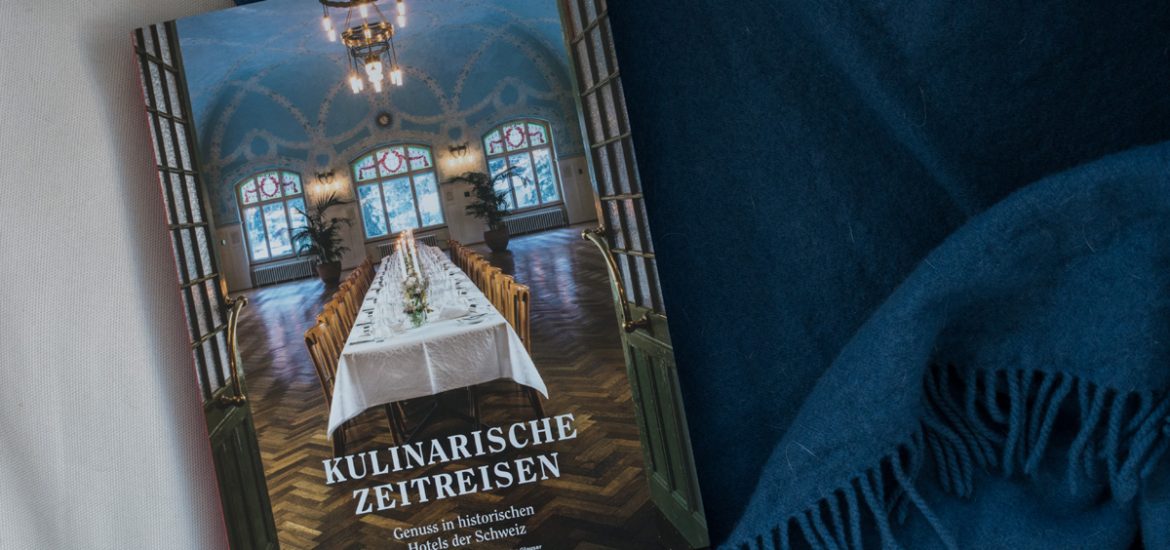
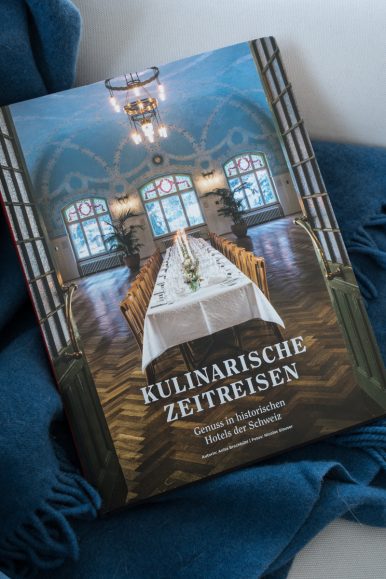
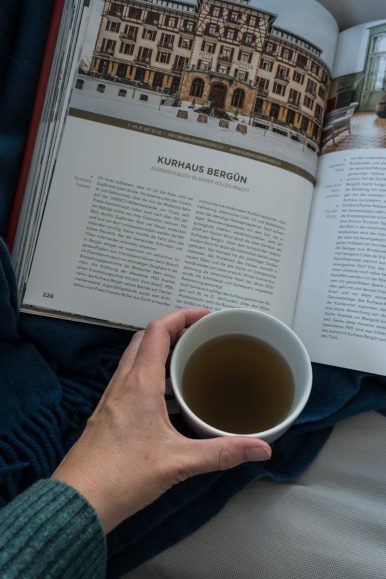
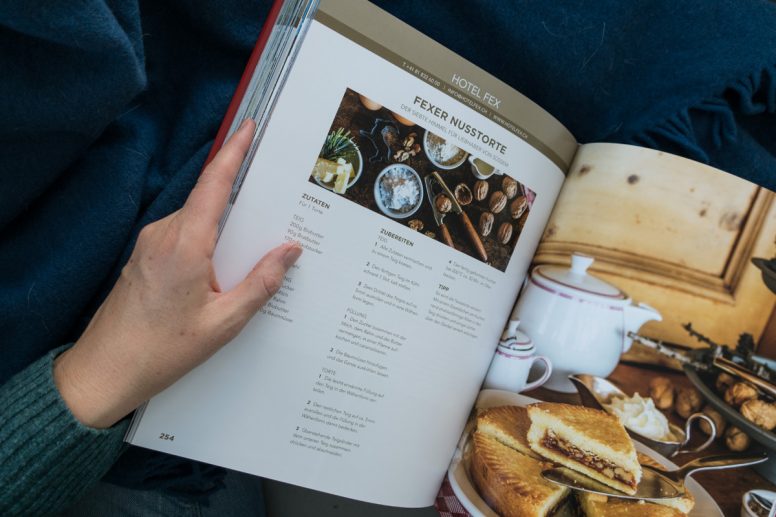
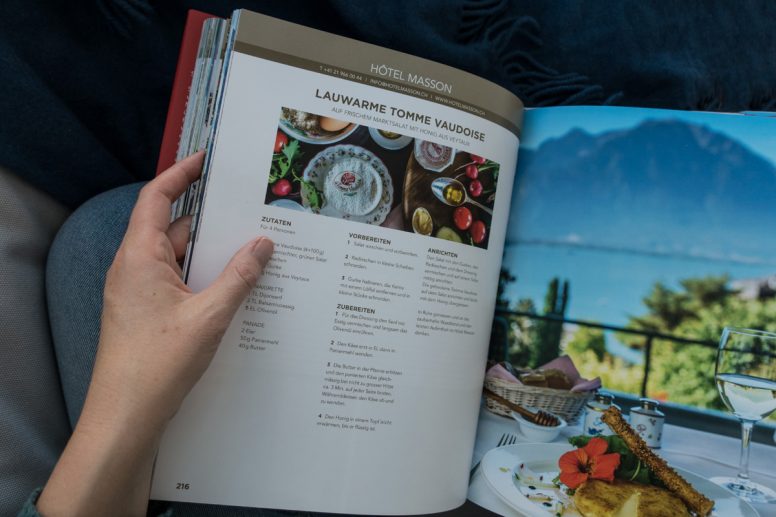
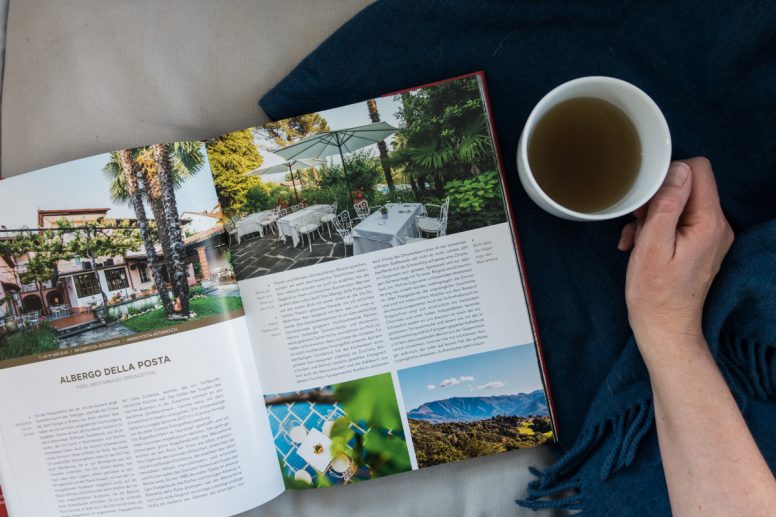
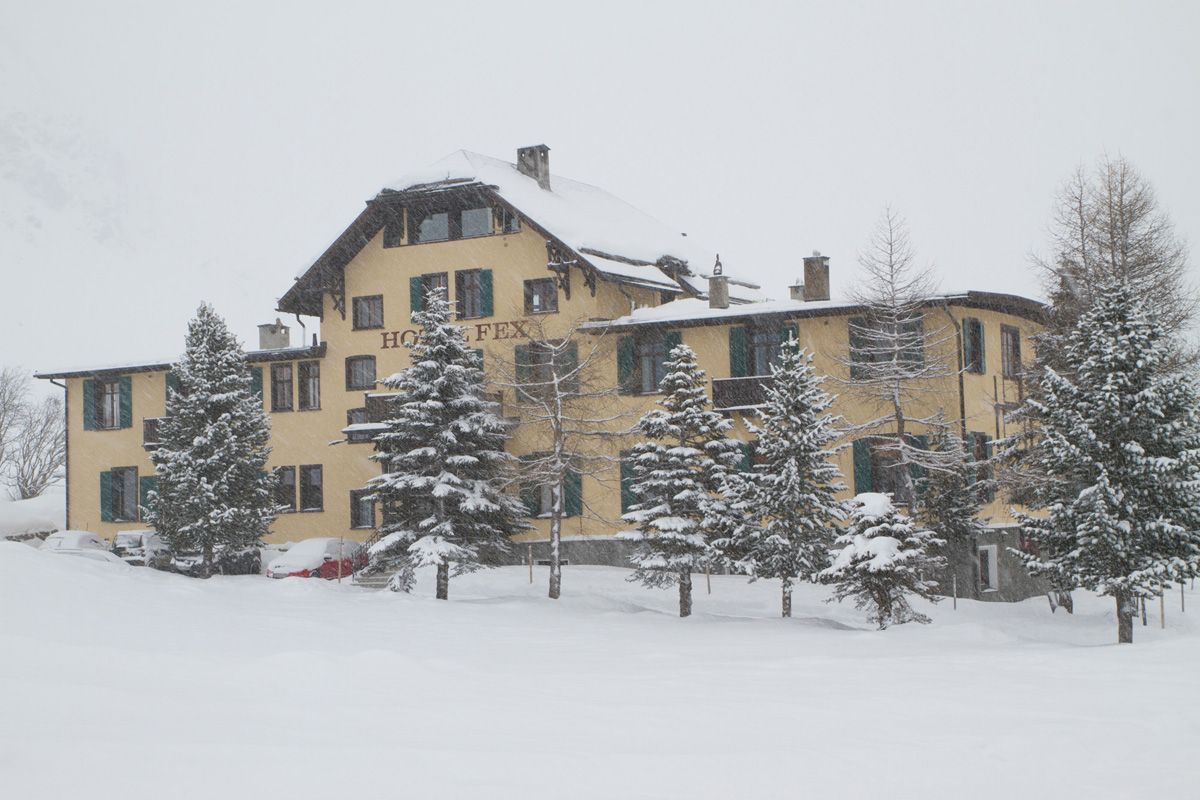
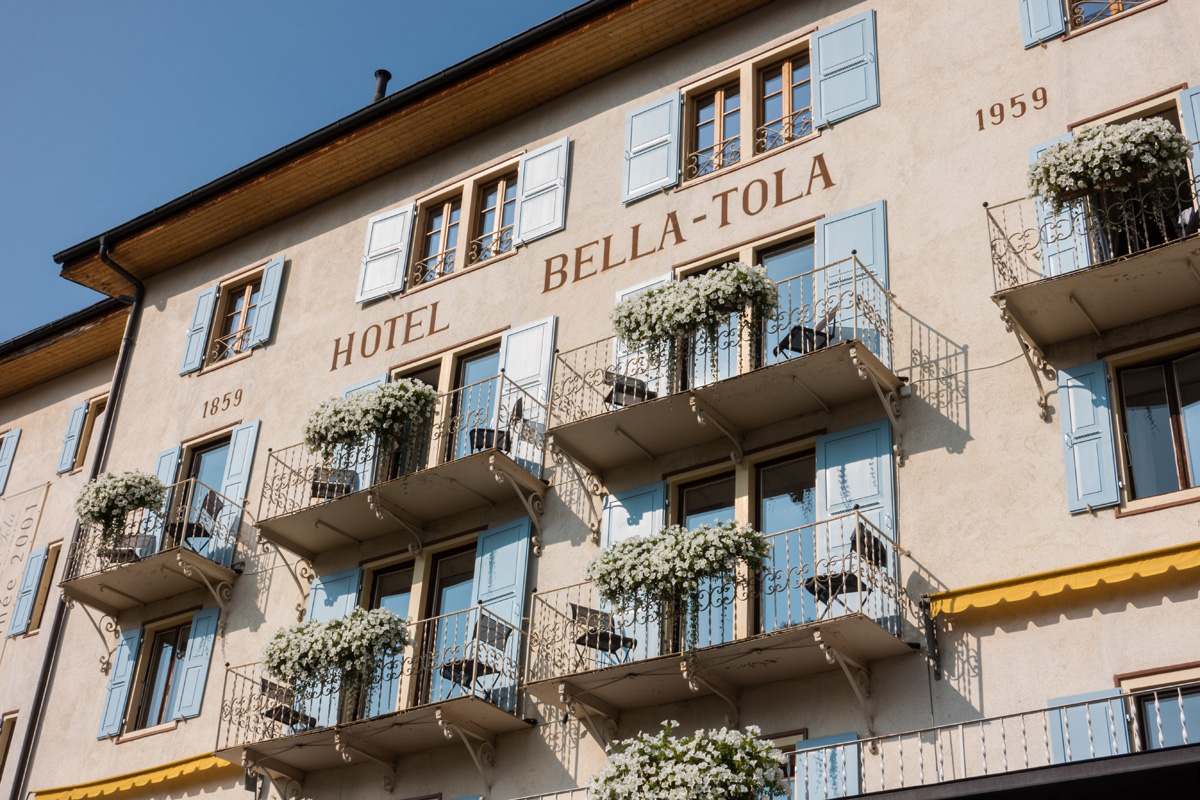
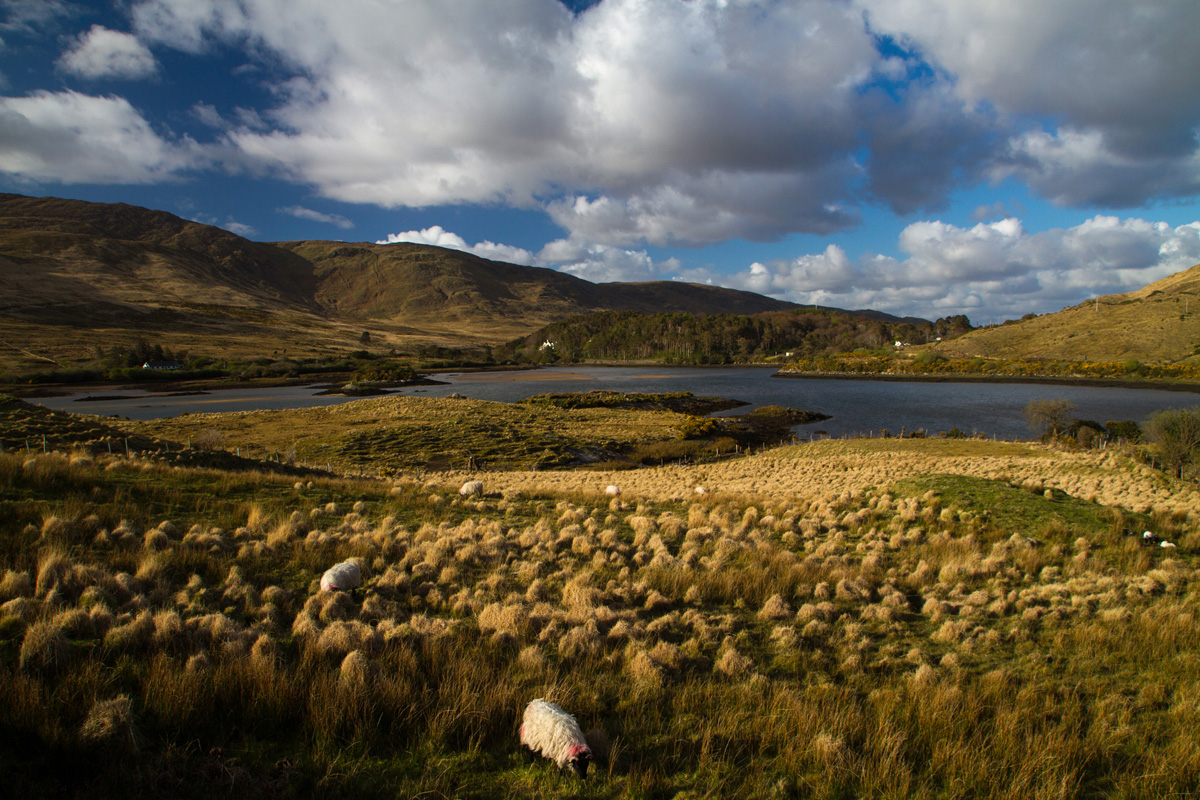
What a lovely book, and such an interesting concept 🙂 There are so many wonderful regional foods in Switzerland!
Liebe Juliana freut mich sehr, dass du über “unser” Buch berichtest und du hast total Recht: es ist etwas “fleischlastig”, aber scheinbar sind die Fleischgerichte immer noch die “Prestigegerichte” für viele Köche und einige wollten partout nicht mit einem fleischlosen Gericht präsentiert werden – aber ein bisschen Abwechslung reinzubringen ist uns zum Glück trotzdem gelungen 🙂
Das verstehe ich vollkommen und ich bin froh, dass ihr noch vegetarische und Fischrezepte gefunden habt!
A perfect book for your coffee table since you have visited so many of their beautiful hotels.
So, can’t we just move in. Perhaps living one year in each 🏨. We’d meet so many lovely people and never cook or clean again!!